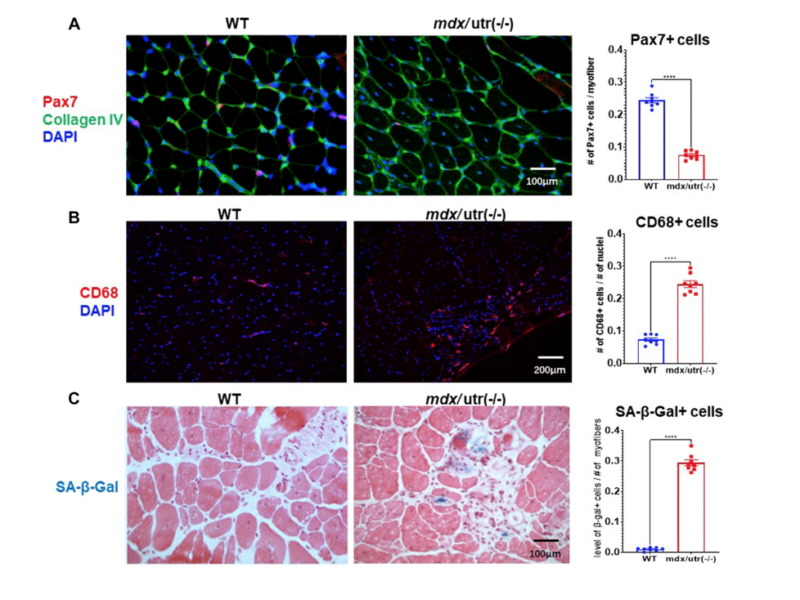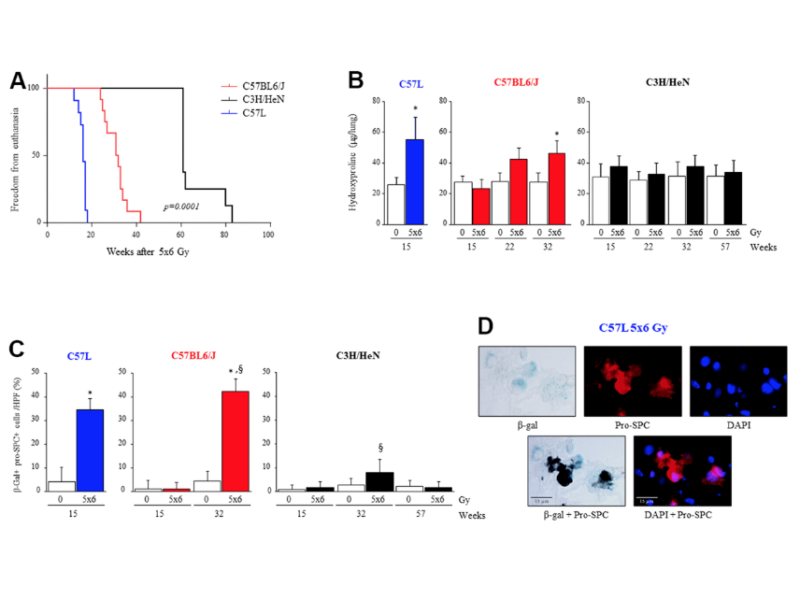PRESS RELEASE: A new review paper was published in Aging’s Volume 14, Issue 19, entitled, “RNA modifications in aging-associated cardiovascular diseases.”
Aging (Aging-US) Authors

Fedor Galkin, Scientific Director at Deep Longevity, Inc., discusses a research paper he co-authored that was published by Aging (Aging-US) in Volume 14, Issue 18, entitled, “Psychological factors substantially contribute to biological aging: evidence from the aging rate in Chinese older adults.”

PRESS RELEASE: A new research paper was published on the cover of Aging’s Volume 14, Issue 19, entitled, “Centenarians consistently present a younger epigenetic age than their chronological age with four epigenetic clocks based on a small number of CpG sites.”
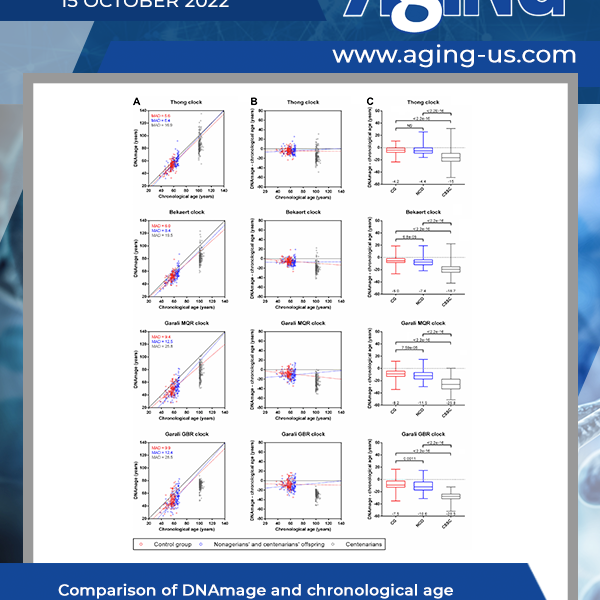
In the present study, researchers estimated the DNA methylation-based age (DNAmage) using four epigenetic clocks based on a small number of CpGs in French centenarians and semi-supercentenarians (CSSC, n=214) as well as nonagenarians’ and centenarians’ offspring (NCO, n=143) compared to individuals from the French general population (CG, n=149)…
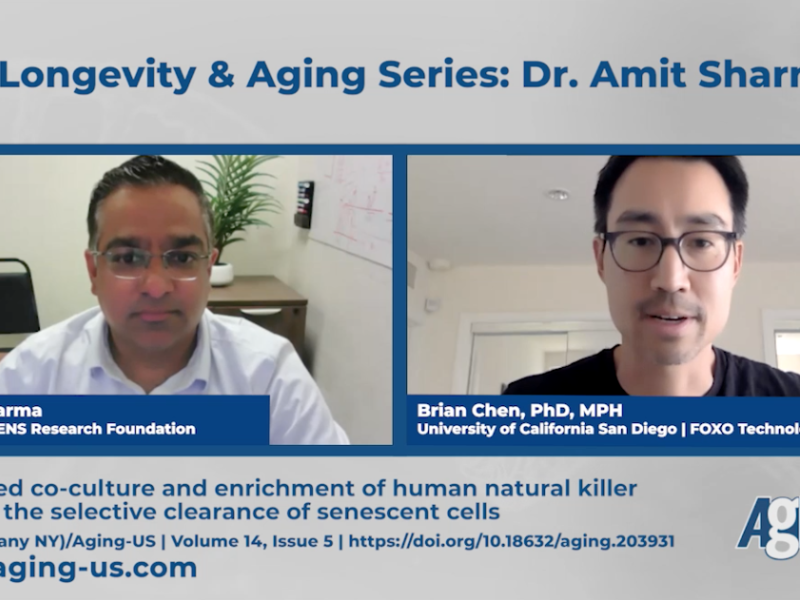
Dr. Amit Sharma from the SENS Research Foundation details a research paper he co-authored that was published by Aging (Aging-US), entitled, “Enhanced co-culture and enrichment of human natural killer cells for the selective clearance of senescent cells.”

Dr. Amit Sharma from the SENS Research Foundation details a research paper he co-authored that was published by Aging (Aging-US), entitled, “Enhanced co-culture and enrichment of human natural killer cells for the selective clearance of senescent cells.”

PRESS RELEASE: A new research paper was published on the cover of Aging’s Volume 14, Issue 18, entitled, “Psychological factors substantially contribute to biological aging: evidence from the aging rate in Chinese older adults.”
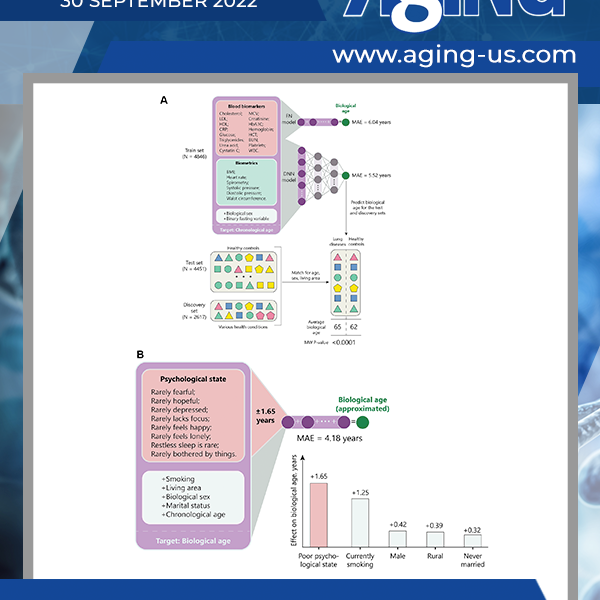
The researchers have developed a deep learning aging clock using blood test data from the China Health and Retirement Longitudinal Study, which has a mean absolute error of 5.68 years. They used the aging clock to demonstrate the connection between the physical and psychological aspects of aging…
